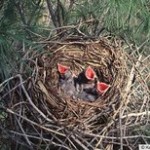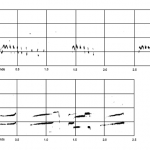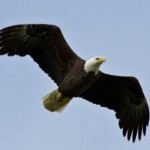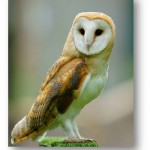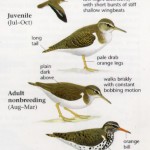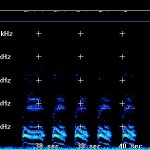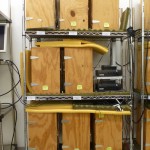This gallery contains 21 photos.
There have been a lot of researches done about birds and their behavior. Lately, scientists have focus their study on American Crows. There is something special about the American Crows. They are very smart learners. American Crows are able to … Continue reading

